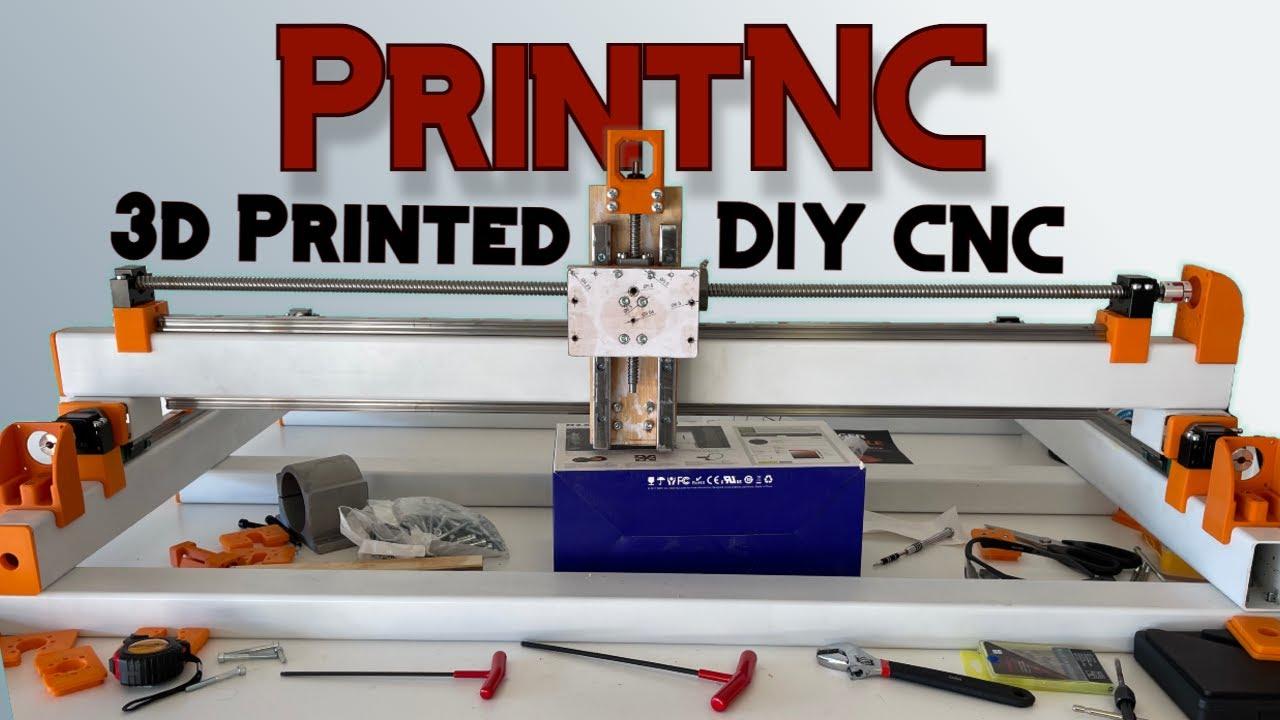Processing of steel workpieces typically occurs both before cnc machining part and after CNC machining for the most efficient results. This is done in order to change the properties of the steel, make it easier to process the steel, and improve the finished product's strength or level of hardness. The industry that deals with steel processing frequently makes use of these three different techniques. Heat treatment is a process that involves purposefully altering the temperature that the steel is held at throughout the duration of the treatment, and it is one of the ways that the properties of steel can be changed.
Because annealing reduces the hardness of steel and increases its ductility, the material becomes significantly easier to machine after being subjected to the process. The process of annealing begins with the steel being gradually heated to the desired temperature; the process then continues 5 axis machining for the allotted amount of time; and finally, the steel is annealed while being gradually cooled in the furnace. Annealing is the process of making the steel more malleable and less brittle. It is necessary to determine the necessary temperature and time in accordance with the type of steel, and the carbon content of the steel also has an effect on the determination of the necessary temperature and time. Both of these factors are necessary for the determination of the necessary temperature and time.
Normalizing the steel lowers the material's internal stress while simultaneously increasing the material's tenacity and abrasion resistance. Annealed steel has a lower strength and a higher hardness than lock cylinder the steel that is produced as a result of this process. The steps that make up the normalizing operation process are as follows: first, the steel is heated to a temperature that is relatively high; second, it is kept warm for a period of time; and third, the steel is removed from the furnace and allowed to cool in the air.

Steel can be made harder through a process called quenching, which also makes the material more brittle. However, this results in increased strength. The process of quenching consists of the following steps: first, bringing the steel to a high temperature state by heating it slowly; then, holding it for a period of time; and finally, rapidly cooling the steel by immersing it in water, oil, or brine. The steel is then typically put through a process known as tempering, which helps reduce the material's propensity to crack easily after it has been quenched. In order to temper steel, it must first be heated to a certain temperature, then kept at that temperature for a predetermined amount of time, and finally, it must be allowed to gradually cool down after the process has been completed.
Precipitation hardening of the steel results in an increase in the material's yield strength. The primary distinction between the two processes is that precipitation hardening steel includes constituents besides iron and carbon, including copper, aluminum, phosphorus, and titanium. These elements not only contribute to an increase in the steel's strength, but they also ensure that it has an adequate level of toughness. PH steel is a type of stainless steel that has a high strength. After undergoing solution treatment, the steel is then subjected to age hardening. This is done in order to activate the precipitation CNC Prototype Machining hardening properties so that they can do their job. Age hardening is a process that involves heating the material over a significant amount of time. This results in the formation of precipitates, which are solid particles of varying sizes, which ultimately leads to an increase in the material's strength.

The grade of stainless steel known as 17-4PH, which is also known as 630 steel, is an example of a common type of precipitation-hardening stainless steel. This particular type of stainless steel is an alloy that has 17% chromium, 4% nickel, and 4% copper as its constituent elements. Because of its increased hardness, strength, and high corrosion resistance, 17-4pH is used in the construction of deck platforms, turbine blades, and barrels for the storage of nuclear waste.
Changing the properties of the steel through this process does not require applying an excessive amount of heat and can take place. For instance, the work-hardening process causes steel that has been cold-worked to become considerably more robust than it was previously. Work hardening is a process that can occur in metals when they are subjected to plastic deformations like being hammered, rolled, or drawn. This causes the metal to become more resistant to further deformation. The machinability of the steel can be improved during the process of machining by either heating the cutting tool or the workpiece, or by performing cold working on the steel. During the process of machining, there is also the potential for intentional hardening to take place.
When designing components made of steel, it is essential to keep in mind the one-of-a-kind characteristics of the material itself. Steel has a high melting point and a low specific gravity. In addition, the characteristics that are suitable for your application may call for some additional considerations to be made during the manufacturing design process. Because steel has a higher hardness, machining steel lasts longer than other soft materials like aluminum or brass. This is because steel has a higher yield strength. You can slow down the spindle speed while simultaneously increasing the feed rate in order to safeguard both the component and the tool.
When determining the type of steel to be used, it is essential to take into account not only its level of hardness and strength, but also the machinable forms it can take. To give just one example, the processing of stainless steel typically requires roughly twice as much time as that of carbon steel. When deciding between the various grades of steel, it is necessary to take into consideration which characteristics are the most essential as well as which steel alloys are easily accessible. The more common grades, such as 304 and 316 stainless steel, are simpler to locate and source in a wider variety of stock sizes. This is especially true for the more common grades. Additionally, the amount of time spent finding them is reduced.
The clothing industry is one of the most wasteful industries despite the fact that it satisfies people's fundamental requirements and, at the same time, brings them a variety of pleasures. When producing articles of clothing such as clothes and shoes, a significant amount of production materials are utilized, including water and fabric, amongst other things. This includes the production of clothing. On the other hand, manufacturers will produce in large quantities in order to achieve cost-effectiveness in their operations. As a consequence of this, some of the clothing and footwear that is manufactured will, in the end, be thrown away as garbage.
For this reason, the recently established company Simplifyber has decided to move in this general direction as one of its primary goals. They have come up with an innovative approach to 3D printing that can be used in place of traditional methods such as knitting, weaving, or sewing. It is claimed that the number of necessary steps can be cut by up to sixty percent using this method, which also results in the production of biodegradable fabrics and products while simultaneously reducing the amount of waste. Liquid cellulose is poured into a single mold that has been 3D printed by the researchers at Simplifyber, and then the finished product can be removed directly from the mold after it has had enough time to cure. This new method of manufacturing was developed by the researchers at Simplifyber. Additionally, the coloring agent can be added to the substance while it is still in liquid form, which helps to conserve water. This can be done while the substance is being colored.
The production process for the liquid cellulose that we work with involves combining wood pulp and a variety of other plant materials with additives that are both non-toxic and biodegradable. The procedure is not that dissimilar to the one used to make paper, and the end result is a substance that is more durable and long-lasting than paper. Altering the mixture's thickness as well as its constituent parts enables the finished product to take on the qualities of a real fabric, such as leather, while still retaining its own unique identity. According to Simplifyber, the molded shape also makes it possible to create texture on the material while it is being fabricated. This is one more advantage of the molded shape.

